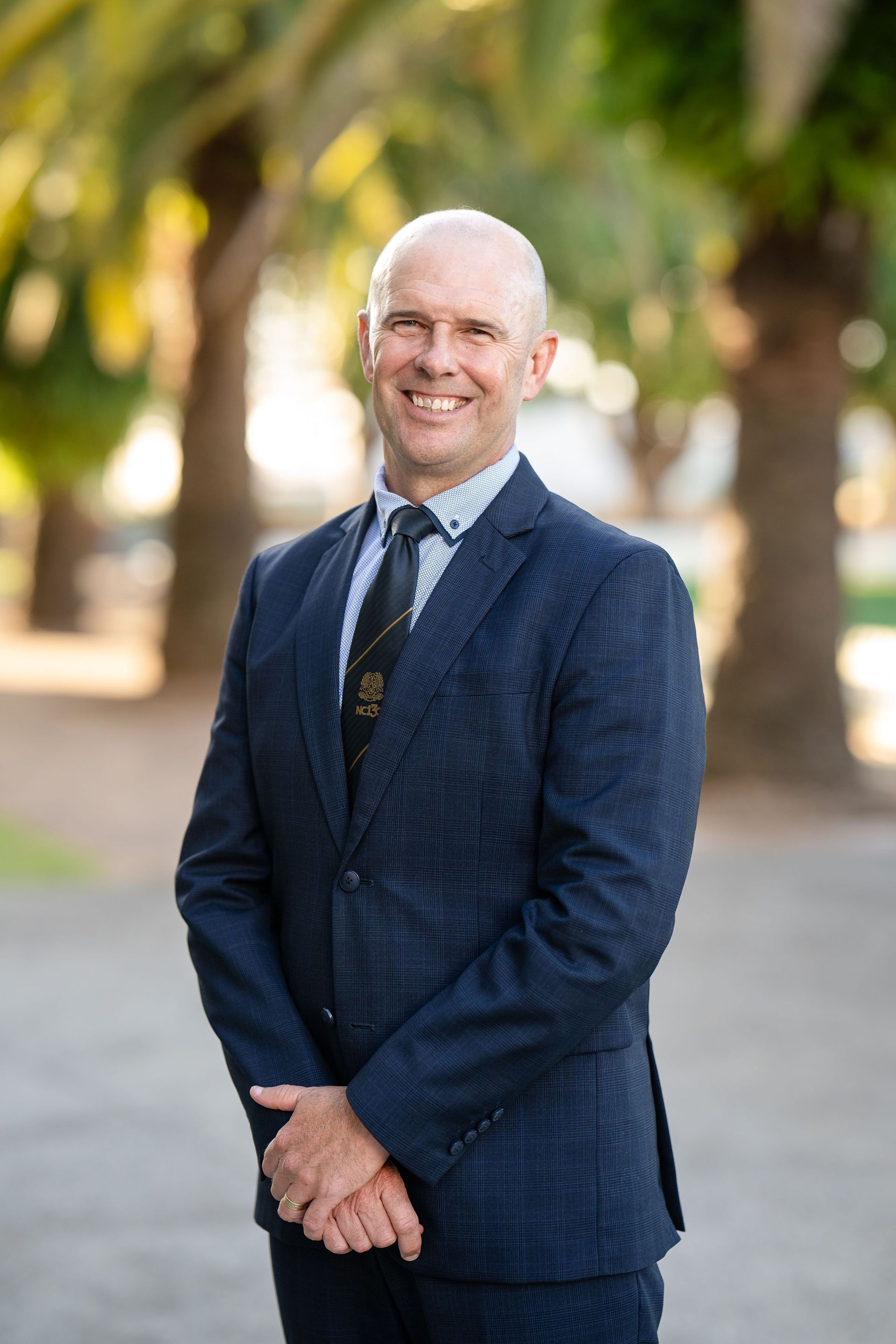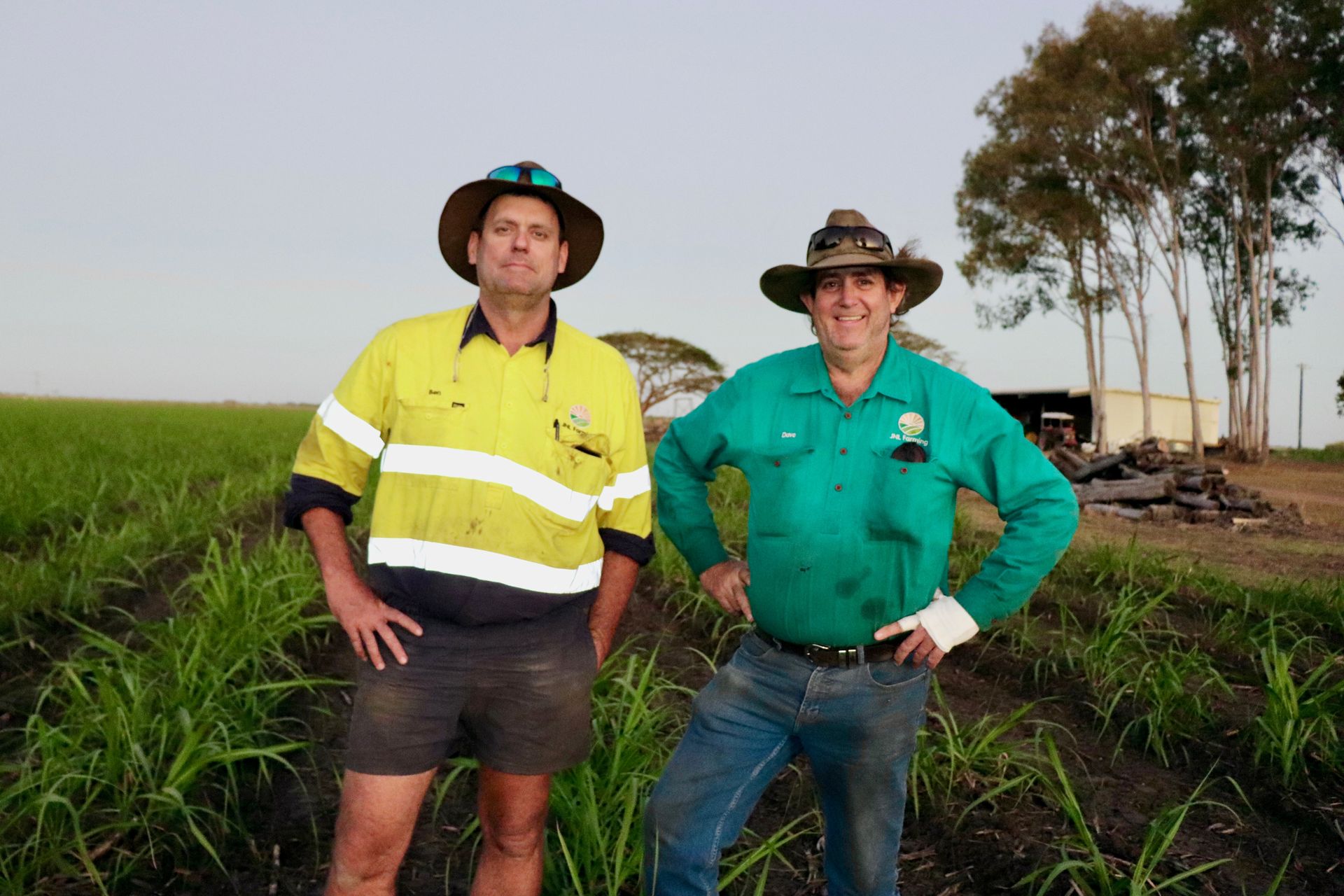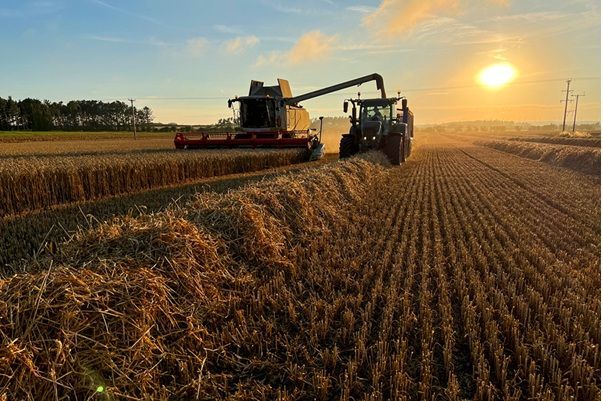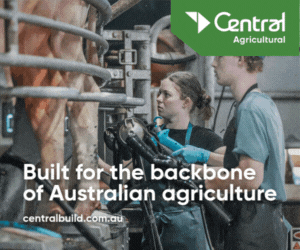1MG FlippingBooks
Is our current education model fit for purpose?
From cotton fields to classrooms: Principal Scott Thomson reflects on how innovation in agriculture mirrors the evolving needs of education.

As an early career school teacher, whilst living on a cotton farm near Toowoomba for two years, I was fortunate to visit a boarding family just outside Moree in northern New South Wales.
We embarked on an eye-opening tour of the massive property, which highlighted the latest in agricultural innovation. I realised the immense chasm between the cotton farms I knew of in the early 2000s and the ones I know now. The use of technology, artificial intelligence, regenerative agriculture, and sustainable land management, and the ability of families to manage staff, machinery, and finances was indicative of what school graduates in a contemporary world require.
This title question is often posed in education circles, usually involving a stimulus picture of a classroom from the 1920s compared to a modern classroom. It is important to understand just how far education has advanced, not just in the last 100 years but particularly in the last 10 to 15 years. In these contemporary times, students are often blessed with the ability to find their way into higher education courses that help fill their bucket and fuel the passion and fire that lies within. In much the same way that I had seen incredible advances within the cotton industry, Australia’s schools of the past display a similar level of redundancy. Just as cotton farmers align their tasks, roles, and decisions toward achieving the highest yield per hectare, schools must align their mission, vision, and values to ensure meaningful outcomes for students.
As an education leader, I see a few key points as being vital to ensure schools are at the forefront of education that draws a parallel to my observations near Moree.
A mission statement is often well-written and intended but hard to remember and articulate. TedX has a very simple mission: spread ideas. My personal favourite is liberate hearts and minds. Every organisation strives for alignment, and knowing the mission helps achieve this alignment.
If the mission is the what, the vision for a school is the why, and when this is articulated, great things happen.
Internationally renowned business leader Simon Sinek championed starting with the ”why”; a clear and robust vision will hook people in and give them a reason to invest in the organisation's direction.
The ”how” needs to be transparent with all stakeholders. Schools should communicate values in ways that guide decisions, interactions, and expectations, ensuring staff, students, and families understand their role in achieving these outcomes.
In implementing such principles, school communities can navigate through change and ensure that the school experience for the students remains life-giving and fulfilling and bears much fruit. Ultimately, schools are trying to produce quality young men and women who know how to make a positive contribution and impact on the world in which they find themselves.
Mr Scott Thomson is a devout Catholic father of four and Nudgee College Principal.
















